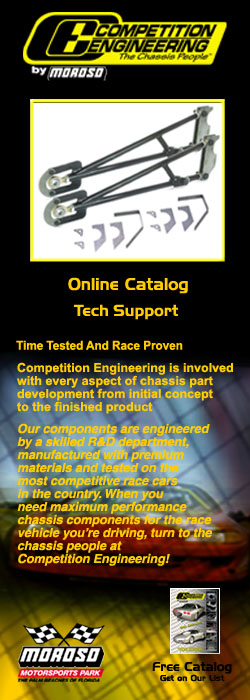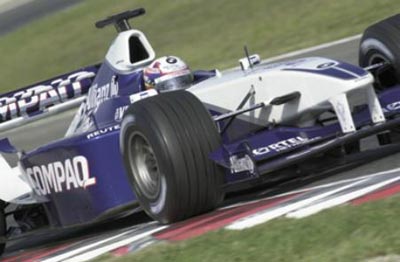|
|
|
|||
|
|
Legalize Electronic Traction Control! |
|
||
|
Recent events prompted this examination into the somewhat clandestine world of racing electronic traction control (ETC). Just a few weeks ago, I received a "drop-the-dime" phone call from a member of a racing team in a major stock car touring series, angrily saying I should look into doing an updated article on ETC. They knew they were getting beat by ETC, this crew member said, and might have to consider installing it just to stay competitive, even though they were ethically opposed to doing so. But ethics be damned-they figured if they couldn't beat'em, they'd have to join'em-and so what if the cost of getting caught was substantial? The cost of not being competitive seemed even higher. He said they had heard there were ETC units available that are virtually undetectable; so in the interest of keeping some racers on the ethical straight-and-narrow, I began to do a little research. But first, full disclosure. I worked at MSD Ignition from the late-'80s to the early '90s, and even then we were hearing about separate MSD racing ignition spark boxes and timing controls being mated together by homebrew electronic techs, secretly mounted in race cars and used for rudimentary ETC. The policy of that company then-as it is now-was not to pursue building and marketing a distinct MSD-branded ETC product. Later, while working as editor of Circle Track magazine, I worked with the staff to publish an article on a type of custom-designed ETC reportedly being tested for use in Winston Cup in the mid-90s. As one would expect, it demonstrated electronic expertise and packaging sophistication. The powers that be in F1 recently conceded that policing ETC in their series was futile, so it was made legal after seasons of high-tech electronic cat-and-mouse between the major factory teams (with budgets bigger than many countries) and the smartest racing technical inspectors in the world. To me, that was the last shot fired. If the most technically aware racing series in the world-with the most technically capable inspection people, processes, and resources available-finds it impractical and not worth its effort to use those resources in detecting illicit ETC, then how can lesser series with far fewer resources be expected to do so? Better yet, should they even try? To find out, I revisited some of my former ETC contacts and made some
new ones to survey what is presently available on the market for the
money. I discovered the basic physics and tactics of the electronic
management of tire slip haven't changed much in the past five to six
years. However, the cost to miniaturize and package electronic sensing
and controlling components has become so relatively affordable that
effective mass-produced ETC units can be made so small and portable
that they have become virtually undetectable. |
||||
|
Copyright 1999-2001, Drag Racing Online and Racing Net Source |
||||




